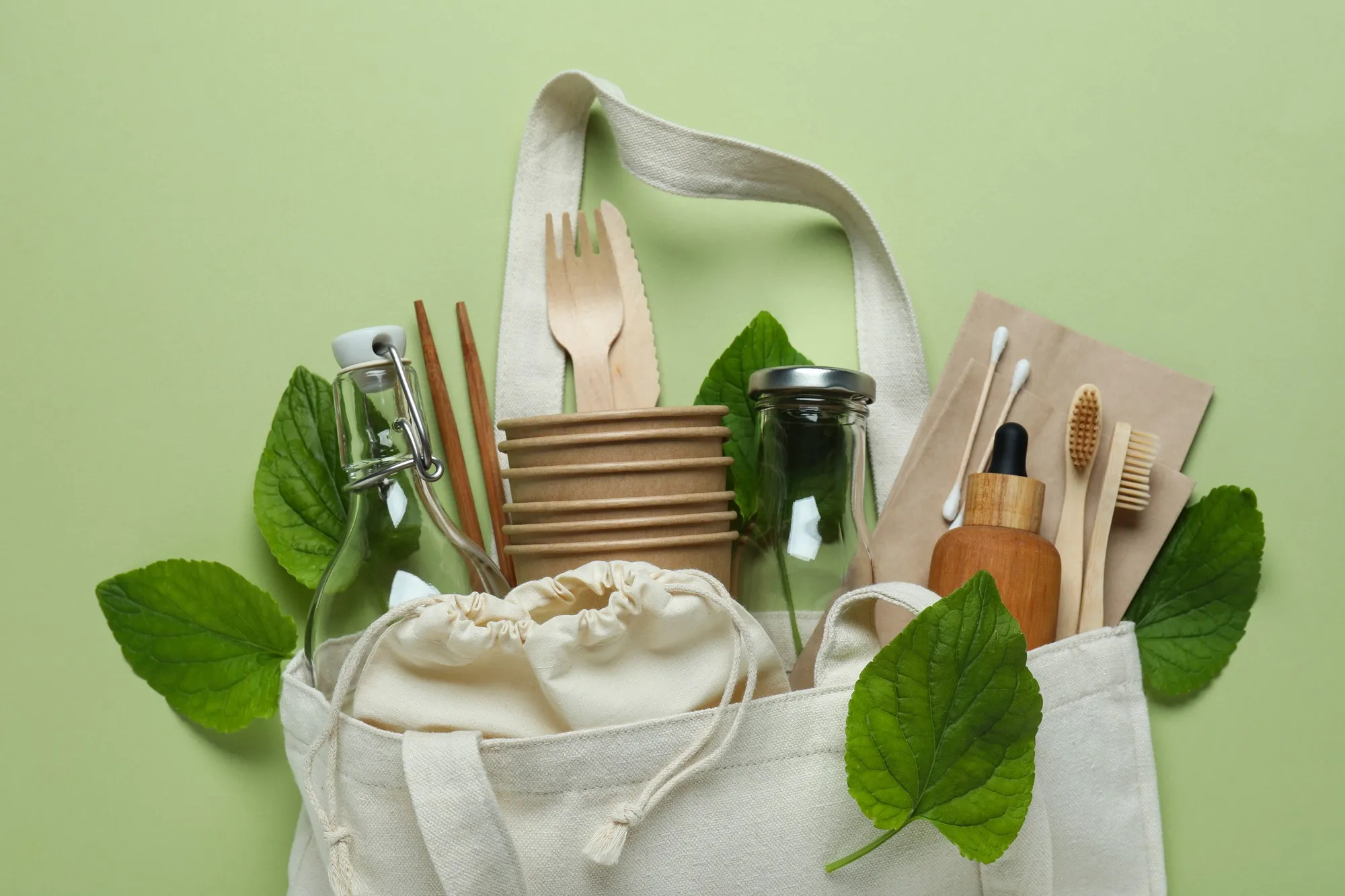Introduction
With the increasing global concern over environmental sustainability, single-use plastics, especially straws, have become a symbol of the fight against pollution. Biodegradable alternatives such as starch-based straws are gaining attention for their potential to mitigate this issue. A recent study published in Carbohydrate Polymers has shed new light on how the production process of these straws can be optimized. This comprehensive analysis explores the changes in structural and mechanical properties resulting from variations in screw speeds used during the extrusion process of starch-based straws.
Understanding Screw Speeds in the Manufacturing Process
The study, conducted by researchers from the State Key Laboratory of Biobased Material and Green Papermaking, Qilu University of Technology (Shandong Academy of Sciences), highlights the crucial role played by screw speed in a twin-screw extruder on the molecular architecture and physical attributes of starch straws. The investigation delves into the intricate relationship between the extrusion process parameters and the product’s final characteristics.
The Research and Its Novel Findings
The team led by Wang Kun, Tan Congping, Tao Haiteng, Yuan Fang, Guo Li, and Cui Bo embarked on a controlled study, preparing starch-based straws at varying screw speeds, ranging from 3 Hz to 13 Hz. The results indicated significant changes in the molecular composition, mainly the A and B3 chains of amylopectin, in response to the increase in screw speeds. Likewise, the absorption peak of hydroxyl groups displayed notable shifts, suggesting variations in intermolecular bonding and structural orientation.
The Impact of Screw Speeds on Starch Straw Characteristics
The research findings provide a detailed view of how screw speeds affect molecular orientation, shear forces, and the starch’s transition into a thermoplastic state during extrusion. At higher screw speeds, the starch molecules are subjected to intensified shear forces, leading to the aforementioned changes in amylopectin structure and hydroxyl groups’ behavior.
Implications for Production and Sustainability
These insights offer a valuable foundation for the future design and manufacture of starch-based straws. By adjusting screw speeds, manufacturers can tailor the mechanical and biodegradation properties of these eco-friendly products, enhancing their performance and consumer appeal.
Comprehensive Study Details
Published on March 15th, 2024, in Carbohydrate Polymers (Volume 328, Issue March 15th), the article “Effect of different screw speeds on the structure and properties of starch straws” is available online, bearing the DOI 10.1016/j.carbpol.2023.121701.
Keywords
1. Starch straws
2. Screw speed
3. Biodegradable alternatives
4. Extrusion process
5. Amylopectin structure
References
1. Wang, K., Tan, C., Tao, H., Yuan, F., Guo, L., & Cui, B. (2024). Effect of different screw speeds on the structure and properties of starch straws. Carbohydrate Polymers, 328, 121701. doi: 10.1016/j.carbpol.2023.121701.
2. Jenkins, P. J., & Donald, A. M. (1998). Gelatinization of starch: a combined SAXS/WAXS/DSC and SANS study. Carbohydrate Research, 308(1-2), 133-147. doi: 10.1016/S0008-6215(98)00080-4.
3. Zhang, Y., & Han, J. H. (2018). Biodegradable and edible films and coatings for food packaging: A review. Journal of Advanced Research, 12, 18-31. doi: 10.1016/j.jare.2017.10.008.
4. Slade, L., & Levine, H. (1991). Beyond water activity: Recent advances based on an alternative approach to the assessment of food quality and safety. Critical Reviews in Food Science and Nutrition, 30(2-3), 115-360. doi: 10.1080/10408399109527543.
5. Yu, L., Dean, K., & Li, L. (2006). Polymer blends and composites from renewable resources. Progress in Polymer Science, 31(6), 576-602. doi: 10.1016/j.progpolymsci.2006.03.002.
Conclusion
The groundbreaking study by Wang Kun and colleagues not only advances our scientific understanding of the starch extrusion process but also provides practical guidance for enhancing the functional attributes of biodegradable starch straws. The exploration of screw speeds as a variable in the manufacturing process opens the door for improved sustainability in the plastics industry, paving the way for the wider adoption of environmentally friendly solutions. As the world grapples with the menace of plastic pollution, the insights from this study have the potential to make a significant impact on both consumer habits and environmental conservation efforts. With the proper application of this knowledge, the future looks promising for a cleaner planet and the sustainable integration of starch-based materials in daily life.
For those interested in further details, the full article is available with subscription or purchase, carrying the identifier S0144-8617(23)01166-9. As the quest for better, greener materials continues, such research underlines the importance of academic-industry collaboration for a sustainable future.
